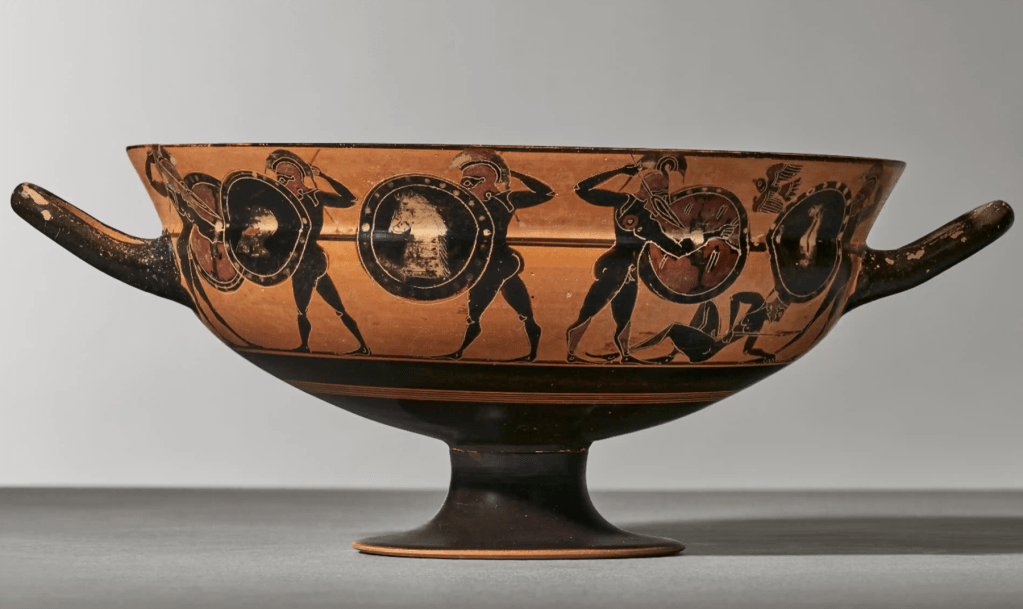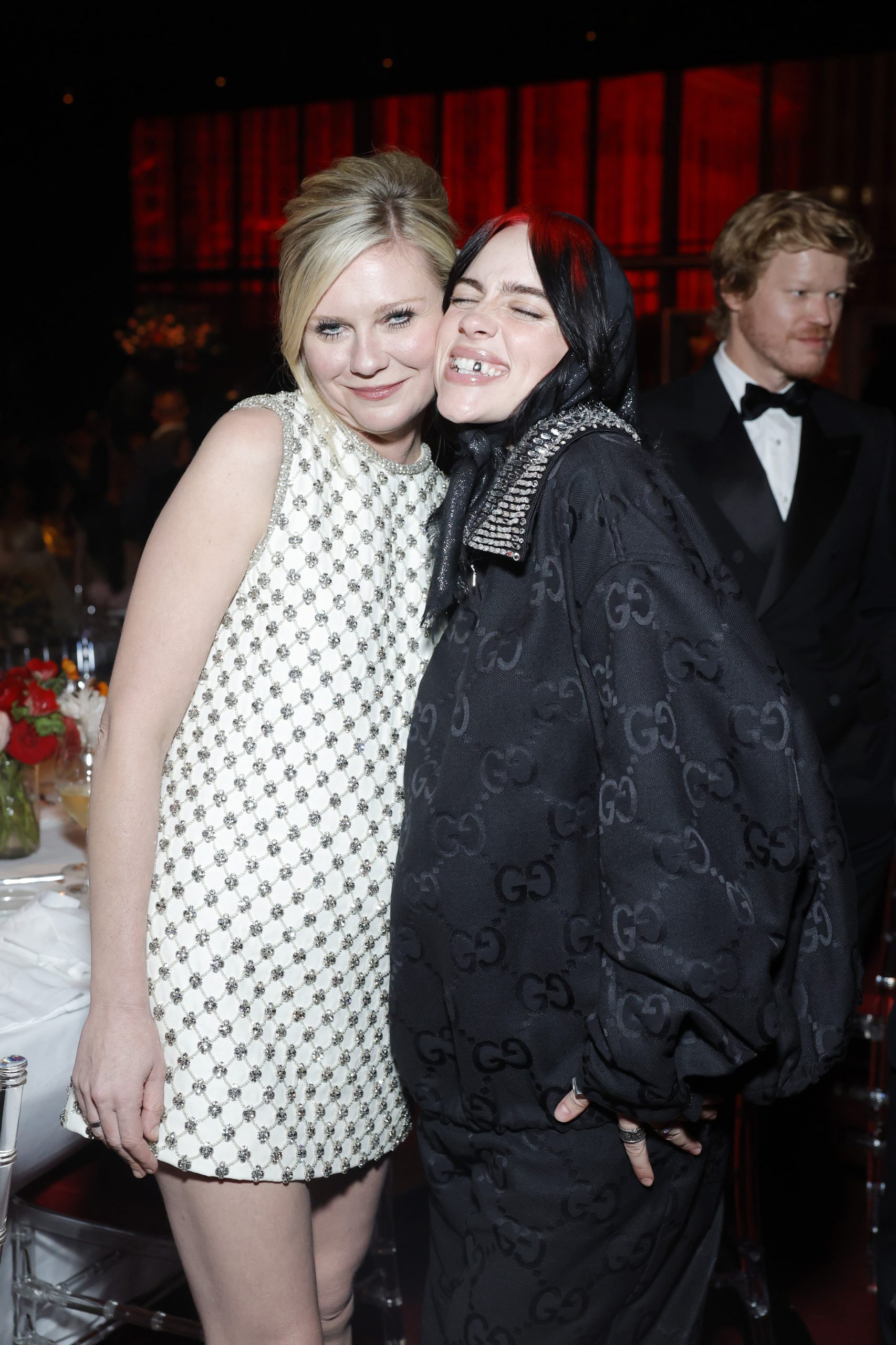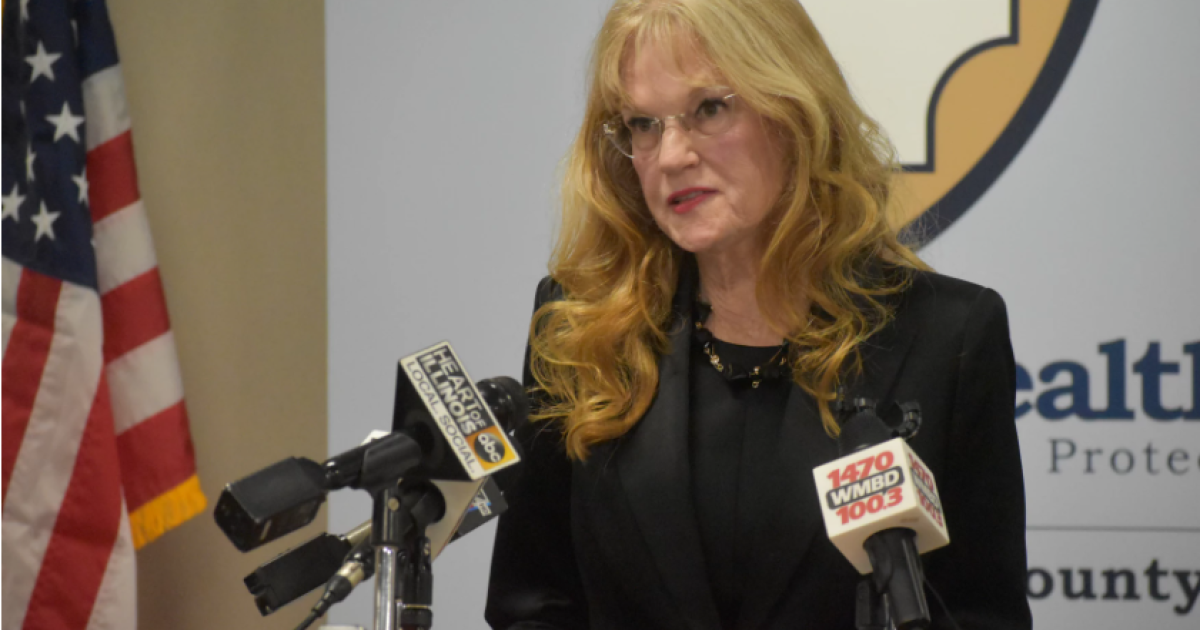Four ancient Greek vases were pulled from an antiquities sale at Christie’s from the collection of Dr. Manfred Zimmermann after it was discovered that the works could be traced to Gianfranco Becchina, the antiquities dealer who in 2011 was convicted for trafficking looted works.
According to the Guardian, which first reported the story Tuesday, the auction house should have spotted the connection to Becchina before the sale was announced due to its own records. Dr. Christos Tsirogiannis, an expert on antiquities looting and trafficking networks told the Guardian that the house sold three of the four works in question at an auction in Geneva in 1979; the items were consigned at the time by Becchina.
Tsirogiannis was able to identify the looted works thanks to a cache of documents and images he was given by Paolo Giorgio Ferri, an Italian public prosecutor who specialized in prosecuting traffickers in looted antiquities who died in 2020. Among those documents was a letter relating to the sale and an auction catalogue with works consigned by Becchina circled in red.
Among the works removed from the sale were an Attic cup decorated with warriors (570 BC-560 BC) with an estimate of between $15,000 to $20,000; the lid of a lekanis or bowl decorated with sphinxes (570 BC-550 BC) estimated between $8,000 to $12,000, a water pot featuring Dionysus; and an oil jar featuring the Athenian hero Theseus from between 500 BC and 490 BC (estimate: $20,000 – $30,000).
Despite the fact that three of the removed works from Zimmerman Collection had been exhibited in Zimmerman’s private museum, the Antikenmuseum im Schnoor, in Bremen, Germany, from 2005-2018, and later at the Museum für Kunst und Gewerbe in Hamburg from 2018-2023, Tsirogiannis claims that neither “the auction house, not the collector or his family, not even the museums are bothered to check with the authorities to see if they are involved in exhibiting illicit objects.”
In a statement shared with ARTnews a Christie’s spokesperson said “Any suggestion that Christie’s knew these objects originated with Gianfranco Becchina is categorically false. When we were made aware that there could be documentation evidencing such a connection, we withdrew the works from sale for further research and will research this together with the Italian authorities.”
The spokesperson added the provenance of cultural objects is taken very seriously at the house. “We publish our catalogues well in advance of our auctions and invite the public to review them. We have strict procedures in place to help us ensure that we only offer objects we are legally able to sell, and, as a part of that due diligence, we collaborate closely with public authorities and institutions all over the world.”
According to the Art Newspaper, there have for years been calls for the seized archives of convicted traffickers in looted cultural property to be accessible in order to facilitate provenance research.
The Association of Art Museum Directors in 2015 said institutions often find themselves in a “Catch 22” when they are blamed for “owning objects with provenance issues, while simultaneously denied the ability to confirm whether those objects passed through the hands of these dealers.”



